Vacheron Constantin, the world’s oldest watch manufacture, has enjoyed uninterrupted activity since its founding in 1755. As a full-fledged watch Manufacture, it masters the complete creative process, ranging from research and development of movements, the aesthetic definition of each of its models, the full set of stages in designing and making the watch components, through to entirely hand-crafted finishing.
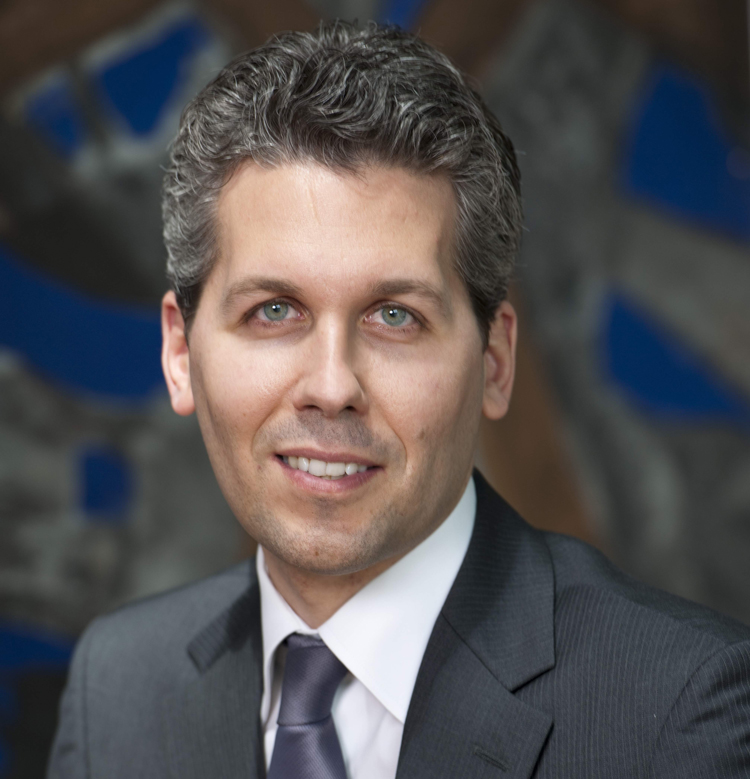
In celebration of a vibrant history of over 260 years, the Swiss watch brand recently restored the 18th century clock, ‘La Création du Monde’, in collaboration with the Musée de Louvre and Atelier Chronos.
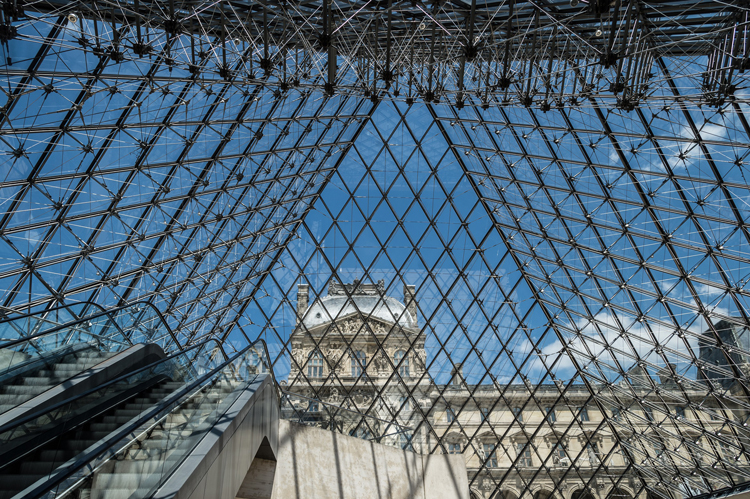
Conceived as an educational journey revolving around the spirit of astronomy and horology, the unveiling of the restored clock, that dates from the same year as the foundation of the Vacheron Constantin Maison, is an exploration of the evolution of the measurement of time, of its crafts and of artistic influences, a trilogy that defines the history of Vacheron Constantin since its foundation. The exclusive trip is a travel back in time encompassing traditional tools and sciences leading through contemporary instruments to innovative developments in both astronomy and horology.
Located in the Musée de Louvre, the vintage clock shares a long and eventful history starting with its creation in mid-18th century at the expense and request of Joseph Francois Dupleix de Bacquencourt, the Governor of the French establishments in India. Originally intended to be a gift for the Nabab of the Deccan province, Salabetzingue, the clock was first presented in January 1754 at the court of King Louis XV of France in Versailles, from where it was taken aboard the ship La Diane headed for Pondicherry, accompanied by the horologist Jean-Pierre Dutertre. However, when Dupleix de Bacquencourt got dismissed from his post, the clock was summoned back, and arrived in France around six months later.
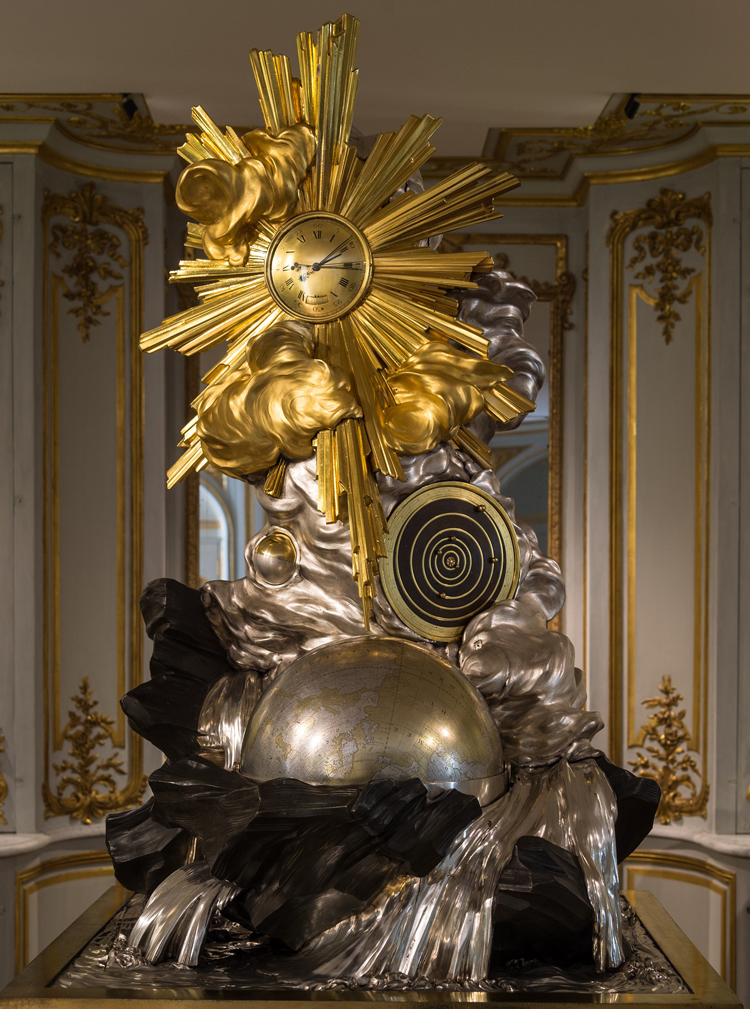
The voyage had left its mark on the clock. Having sustained substantial damage from the two year long maritime journey, a dynasty of Lepaute horologists were called to help restore the clock to its full working order. However, it wasn’t long before the revolutionary courts seized it, and came into the possession of Antide Janvier. He deliberately destroyed the clock, under the threat of having to sell it for its weight in metal, and handed it over to the national Assembly. The repair work, entrusted to Lepaute, lasted almost ten long years from 1801 to 1810 during which the clock also bore certain modifications. This included replacing the formerly silver planetarium with a medal-type colour and the addition of the equation of time. In 1823, Robin Junior came on board to perform a second set of very intensive repairs, with which he stated to have maintained a large number of the clock’s flaws. The clock was again repaired for a third time by Bécard and Batteux.
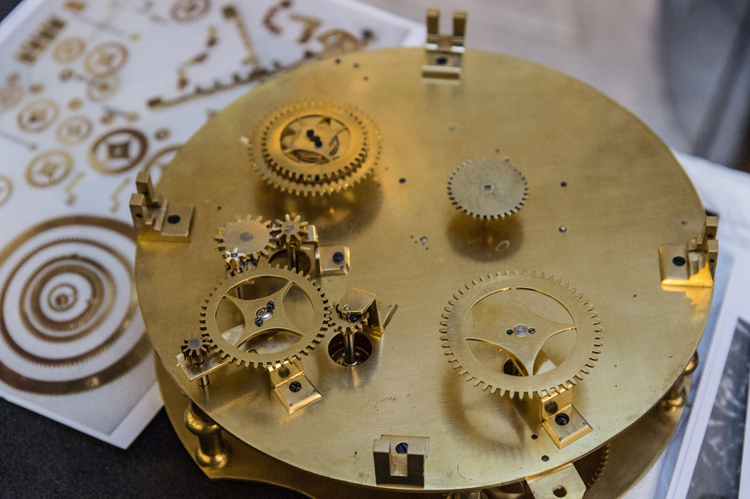
The Louvre Museum has played home to the clock since then. It was in 2016, when the restoration work was undertaken in accordance with the conservation and restoration policy of the directors of the Louvre Museum and in keeping with the brands determination to oversee ‘the best possible restoration work’. Today, Vacheron Constantin is finishing an almost year long restoration on the clock with an entirely reversible conservation-restoration technique. This technique allows each newly-made component to be removed and replaced by the one that had been previously damaged or degraded, or removed or was deemed missing. This included the rebuilt lunar cycle mechanism, the hours and equation of time hands which, according to Lepaute’s descriptions, were lost, the winding system of the earth’s rotation mechanism, amongst others.
Here, after learning about the extensive history of watchmaking, Marketing and Heritage Director Julien Marchenoir shares his views on the brands heritage, and about not only focussing on developmental and technical innovations, but also reflecting on the evolution of time, as well as trends and patterns in life.
How challenging is it to market the heritage of the brand while keeping it appealing to today’s generation?
Our heritage is our roots, but of course the tree continues growing. It is about reinterpreting our heritage it in a way where it is an inspiration for our creativity. It is part of who we are, but we are 260 years old and we are now looking forward to our next 260 years.
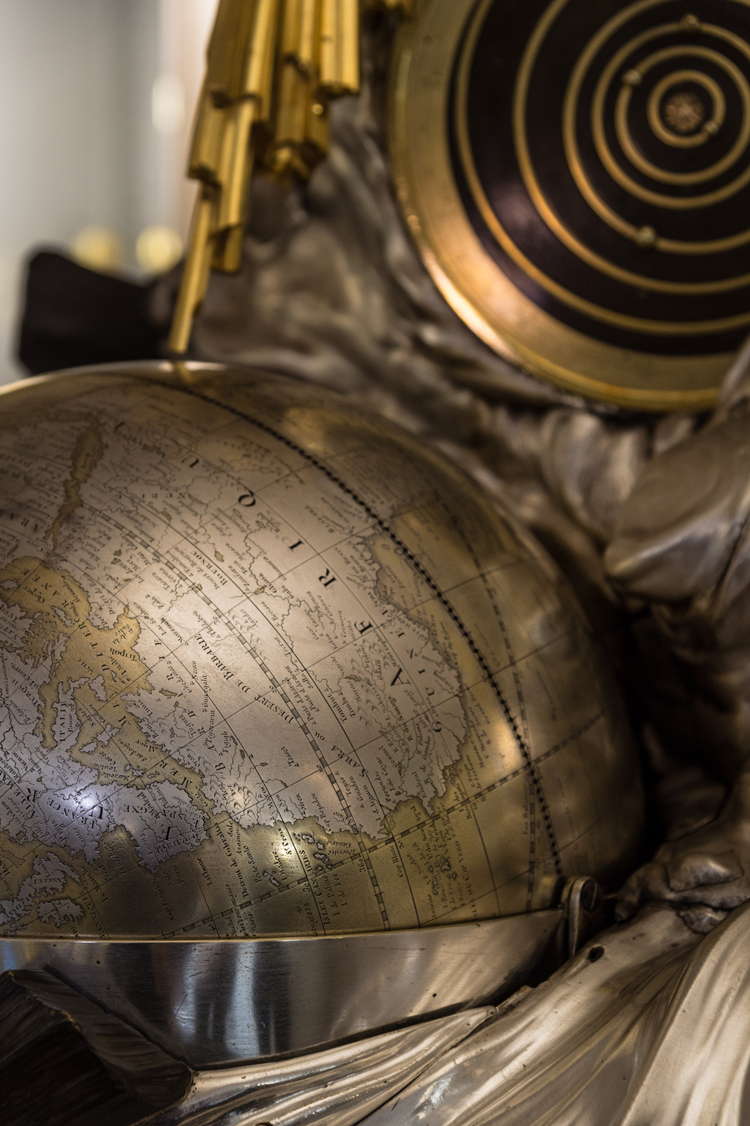
Tell us about the Celestial mechanics?
Astronomy and horology are closely bound together and represent the very foundations of time measurement. From the 19th century to the present day, the history of astronomical complications at Vacheron Constantin has been punctuated by a longstanding tradition of horological expertise. So, this year we launched horological landmarks in the field of astronomical accuracy. A one-of-a-kind piece with 23 mainly astronomical complications displays the civil time, the solar time, and the celestial time. It is one of the world’s most complicated wristwatches, a milestone for Vacheron Constantin and the source of inspiration for further astronomical timepieces such as a tourbillon with an equation of time, equipped with sunrise and sunset times for the city of Riyadh and for several expressions of astronomical features among which perpetual calendar and moon phase in the traditional collections.

Can you share with us what have been proud moments for Vacheron Constantin throughout its history?
This is hard to choose, but I would say that there have been 2 important factors that have been there since the beginning. Firstly, a commitment to pass on knowledge and skills from the watchmakers and artisans to the next generation, and secondly, we are never easily satisfied. This embodies the motto of the brand to do better wherever possible in a quest for excellence, always looking for ways to improve. At Vacheron Constantin, there has been a philosophy in place from an early age, to look beyond the watch as a functional object, and see it as an ornamental object which of course has a function, but tells something about who owns and wears it. Because of these requirements that we have set ourselves to achieve the highest means, we have gone on to have many pieces commissioned by some very important people.
What is the difference between watchmakers of earlier generation, and the watchmakers that we see today?
Back in the ‘70s when the cost prices were affected there were a gap of new talent in our workshops. This was a time when people weren’t entering the watchmaking sector as a career, as it was deemed unstable. However in the early ‘80s it began to grow and develop allowing us to recruit and train young people. So, when you visit our manufacturing you will find a younger generation of watchmakers instead of what you would traditionally expect. that there are more young people rather than what you think is the traditional watchmaker. What is interesting about the young watchmaker is that they are all aspiring to become high complication technicians, which helps us evolve and keep the brand relevant for today.
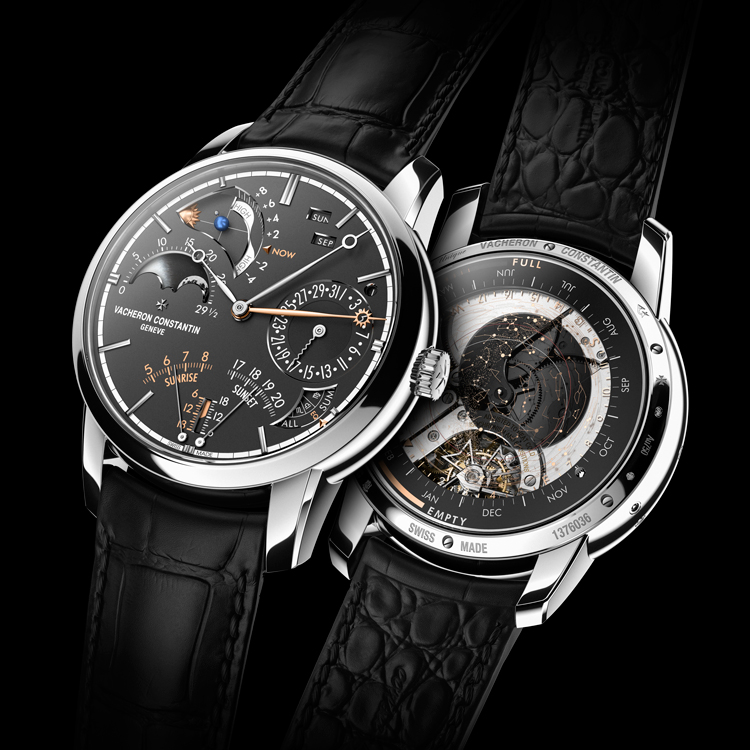
Les Cabinotiers Celestia Astronomical Grand Complication 3600
How would you describe the brand in 3 words?
It is a blend of excellence, heritage, and craftsmanship.
Does the brand still maintain passion today?
I think passion is a love affair and it needs to be nurtured, and in the future we need to make sure that the image is managed as we are an institution in the watch industry.
By Lara Mansour Sawaya
READ NEXT…
Our exclusive shoot with Vacheron Constantin’s Overseas Collection.
The post Exclusive Interview with Julien Marchenoir of Vacheron Constantin appeared first on A&E Magazine.